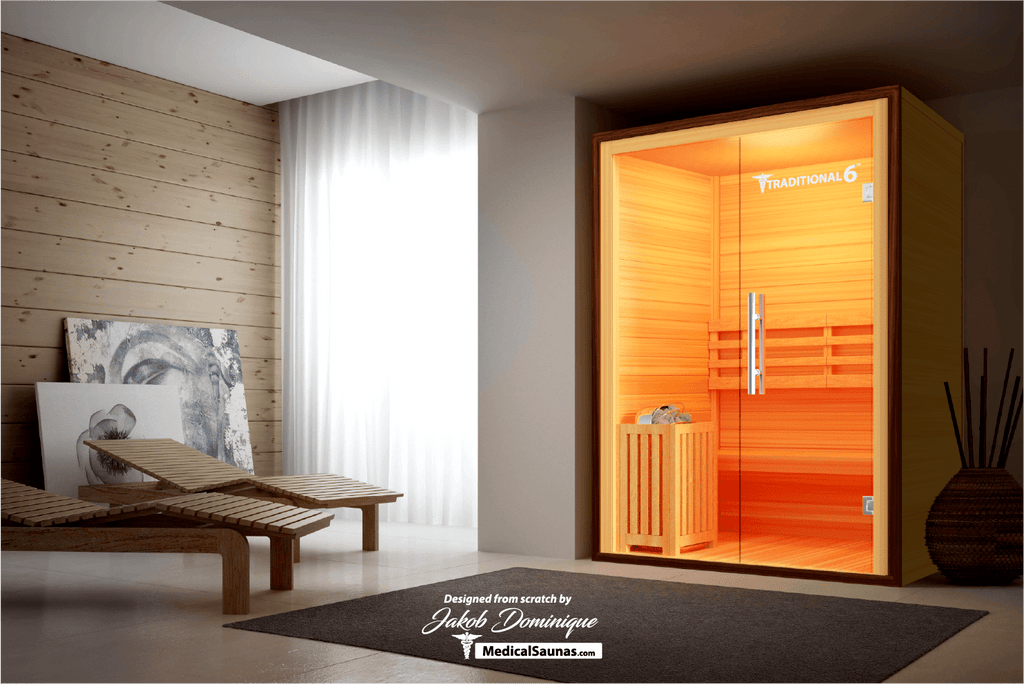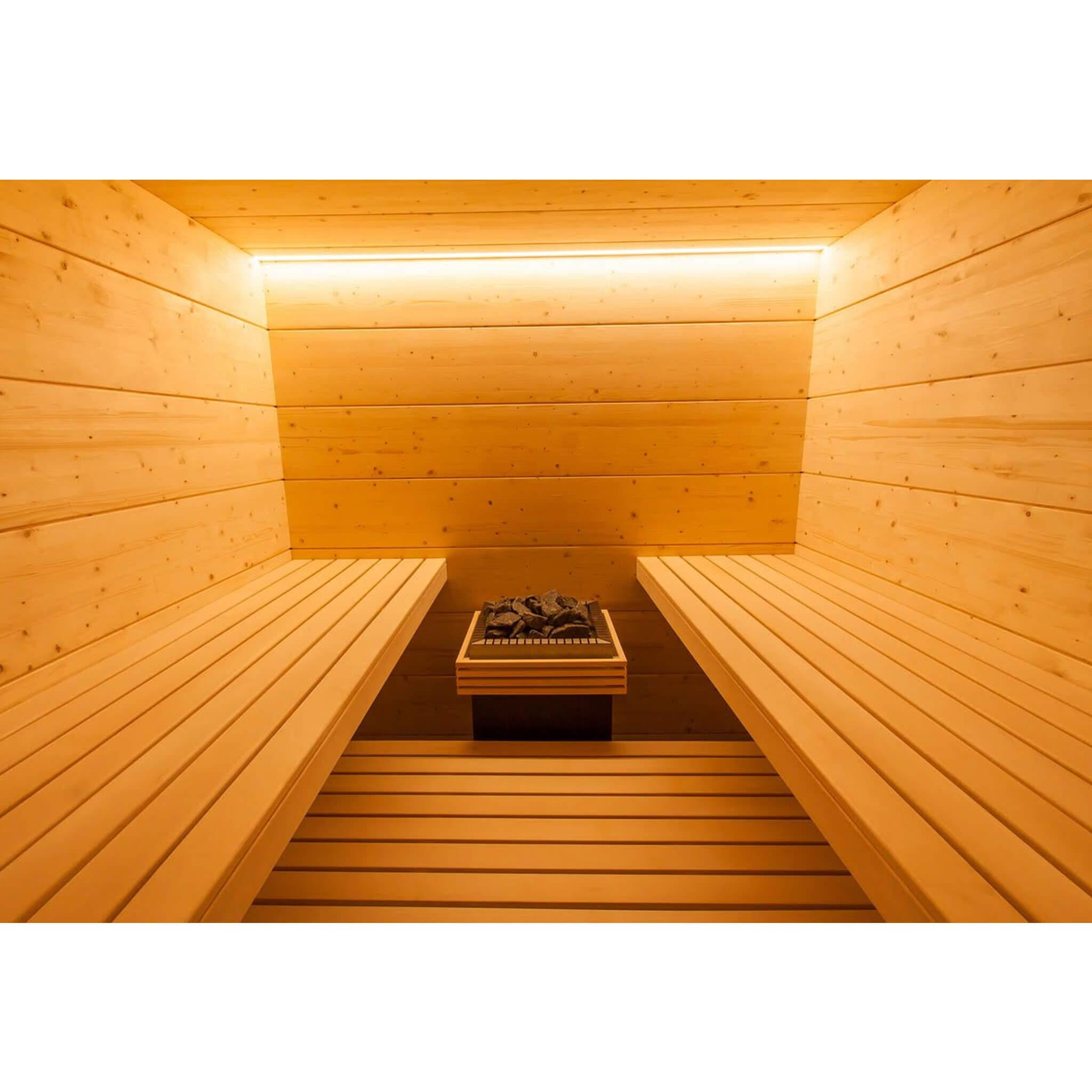Not known Factual Statements About Traditional Sauna
Not known Factual Statements About Traditional Sauna
Blog Article
Some Known Incorrect Statements About Traditional Sauna
Table of ContentsTraditional Sauna Things To Know Before You BuyGet This Report on Traditional SaunaGetting My Traditional Sauna To WorkThe Greatest Guide To Traditional Sauna7 Simple Techniques For Traditional Sauna
A lot of the weight lost in a sauna is water loss and is re-gained upon rehydrating. However, certainly sauna can be a fundamental part of a healthy weight-loss program. To look at the distinctions between typical and IR saunas, I will certainly separate these into verifiable, theoretical, and made differences.Thus, the most popular factor in the saunawhich goes to the ceiling directly over the sauna heateris typically in between 185 and 190 F. Claims that a traditional sauna goes beyond 200 F is just not true and not appropriate for electrical saunas sold in the US. The temperature for a far-infrared sauna is generally set between 120 and 140 F; nonetheless, unlike the conventional sauna, the goal in and IR space is not to attain a high temperature.

When a conventional sauna has been appropriately warmed, the sauna walls are warm, the air temperature has achieved established temperature level and the rocks are incredibly warmed. As an intriguing side note, the warmed wall surfaces and the rocks are emitting far-infrared warmth, integrated with the warmed air, to create an "enveloping warmth".
Our Traditional Sauna Diaries
When the heat is achieved, the elements cycle on and off to preserve the heat. The majority of typical sauna individuals delight in pouring water over the rocks to create steam to elevate sauna moisture levels. The advantages of pouring water over the rocks consist of: making the room a lot more comfy, dampening the nasal flows, and enabling the use of aromatherapy by mixing vital oils with the water.

When the power goes into the body, it causes the body temperature level to enhance and eventually results in sweat. In an infrared sauna it's essential for the emitters/heaters to stay on virtually constantly. Since there is no mass of rocks to keep warm, the sauna will certainly cool if the emitters shut off.
More About Traditional Sauna
As mentioned over, the sauna bather in an infrared area intends to position himself in front of operating emitters to get maximum gain from the warm. The home heating time for the 2 spaces can be really various, depending upon just how the spaces are used. For a typical sauna, a bather ought to enable 30-40 mins for the room to attain a preferred temperature level and to properly pre-heat the rocks.

A well built sauna will normally achieve a temperature level of 150-160 F in concerning 30-40 minutes. For hotter temperature levels, the room may need to warmth for a longer period.
To some, 15 minutes was "squandered" while the infrared power heated the timber panels as opposed to heating up a body, while others discover a pre-heated room to be more comfy and think a raised beginning temperature is needed to begin sweating. The size of recommended use for each and every room is approximately the same (10-15 important source mins per session); nonetheless, as a result of the lower air temperatures and the click now capacity to really feel the results of infrared heat quicker than a standard sauna, it is not unusual for an individual to spend an overall of 20-30 mins in an infrared sauna.
Traditional Sauna - An Overview

The ordinary cost per kWH of power in the U.S. is approximately $0.11, so a 4.5 kW heating system will certainly cost around $.50 to run for one hour, if the heating unit runs continually for one hour. Usually a sauna heater will certainly compete 75% of the first hour and 50% of subsequent hours on because the elements cycle once the established temperature level is accomplished.
A two person far-infrared space is usually literally smaller sized than a typical sauna, commonly regarding 4' x 4' or smaller. The IR furnace is normally 1.5-1.7 kW utilizing a 120 volt 15 amp plug-in service. Because the space can be made click over here now use of quicker than a sauna room, we will presume the area is used for to of an hour including warm up time.
There is a seldom talked about difference in the social experience between the 2 spaces. While our society has actually lost a few of the social benefit of the typical sauna experience, it can be very socially rewarding (Traditional Sauna). From family members time in the sauna, to heart-felt discussions with loved ones, to sauna partiesthe typical sauna experience can result in intimate interacting socially
An Unbiased View of Traditional Sauna
Many greater end infrared areas include tinted light therapy, sound systems and full-glass fronts.
Report this page